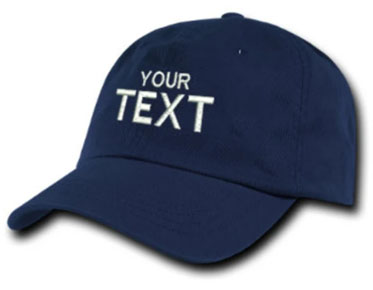From Pixels to Precision: Unveiling the Magic of Image to Vector Conversion
In the realm of digital design, the ability to create, edit, and scale images seamlessly is a paramount necessity. While raster images have their place, they often fall short when it comes to flexibility and quality. Enter image to vector conversion, a transformative process that unlocks a world of precision and possibilities. In this article, we will delve into the fascinating realm of image to vector conversion, exploring its significance, the conversion process, and the remarkable benefits it offers across various domains.
I. The Essence of Image to Vector Conversion:
Embracing Vector Graphics: Vector graphics are constructed using mathematical equations and points, enabling smooth scaling without any loss of quality. In contrast, raster images are composed of individual pixels, which can lead to pixelation and blurriness when enlarged.
The Conversion Process: Image to vector conversion involves converting raster images, such as JPEG or PNG, into vector formats like AI, SVG, or EPS. Specialized software and skilled designers play a crucial role in this intricate transformation.
II. The Significance of Precision and Flexibility:
Seamless Scaling: Vector graphics can be resized to any dimension without compromising clarity or sharpness, making them ideal for everything from small icons to large billboards.
Smooth Edits: Vector files offer unparalleled editing capabilities, enabling designers to alter colors, shapes, and elements with ease. This flexibility proves invaluable during the creative process.
III. Unraveling the Conversion Process:
Manual Tracing: Skilled designers often employ manual tracing to meticulously recreate raster images as vector graphics. This method ensures precision and attention to detail.
Automated Conversion Tools: While automated conversion tools exist, they might lack the finesse and accuracy achieved through manual tracing. Simple images with well-defined shapes, however, can be effectively vectorized using these tools.
IV. The Multifaceted Benefits of Image to Vector Conversion:
Graphic Design and Branding: Vector graphics are a staple in logo design, marketing materials, and branding efforts due to their adaptability and ability to maintain visual integrity across platforms.
Print and Embroidery: Vector files are preferred in the print and embroidery industries, where high-quality outputs are essential for clothing, signage, and promotional materials.
Architectural and Technical Drawings: Architects and engineers rely on vector graphics for precision drawings and blueprints, ensuring accuracy and professionalism in their projects.
Image to vector conversion has become a
game-changer in modern design, enabling professionals to elevate their
creations to new heights of precision and adaptability. As we bid farewell to
pixel limitations, vector graphics usher in an era of scalable and editable
visuals that cater to diverse industries, from graphic design and branding to
engineering and architecture. The conversion process, whether through manual
tracing or automated tools, empowers designers to craft masterpieces that
remain true to their original vision, regardless of size or platform. Embrace
the magic of image to vector conversion and witness the transformative power it
brings to the digital age.



